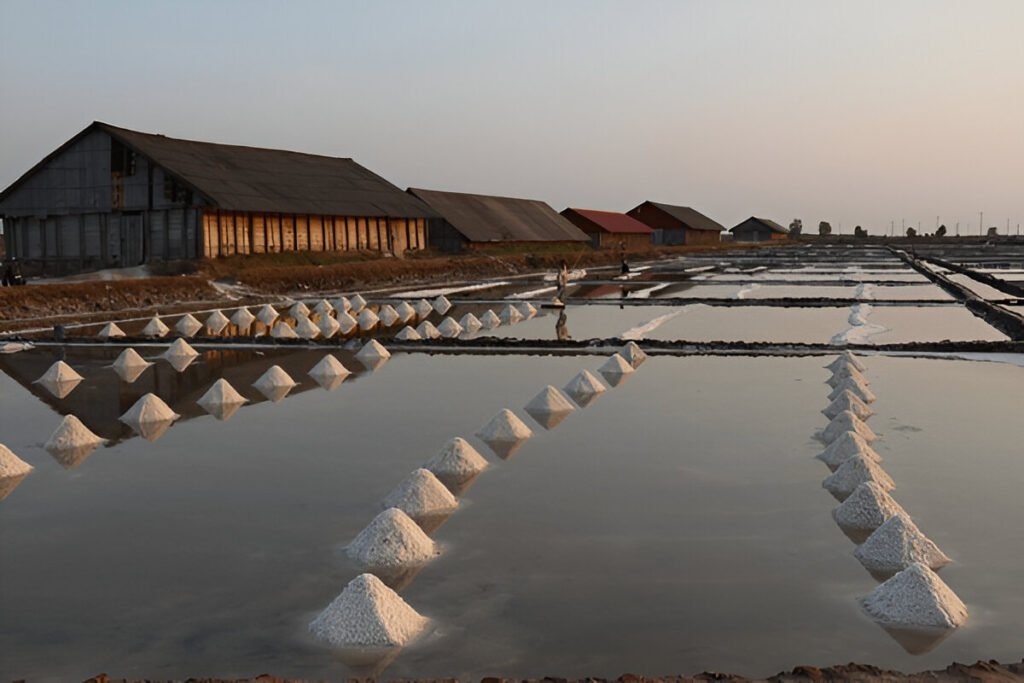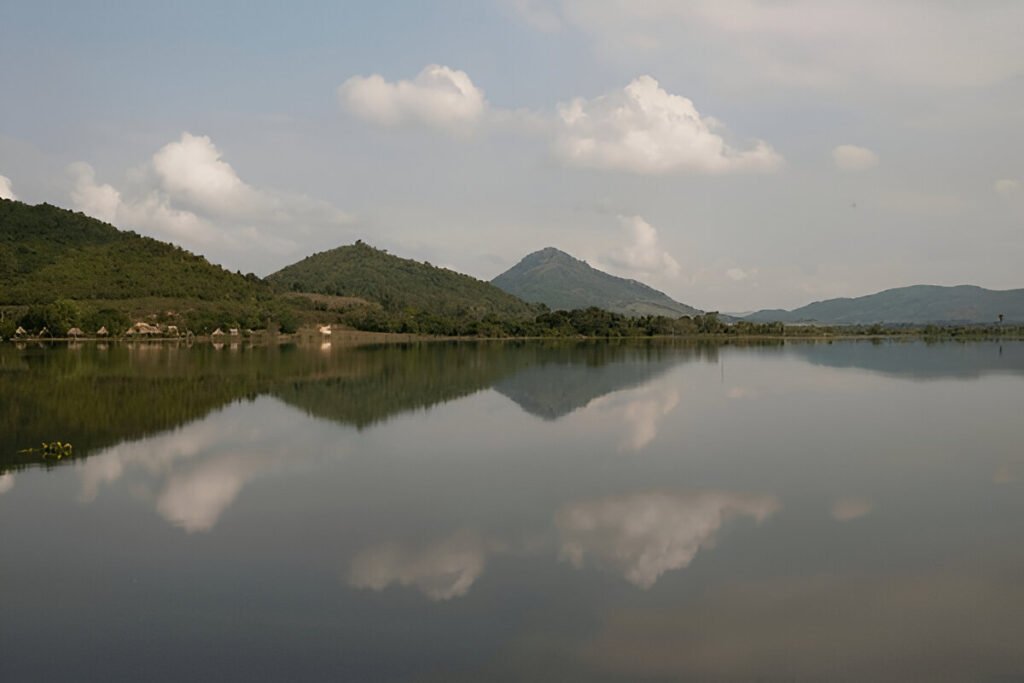Introduction:
Brimming with natural wonders, Japan is renowned for its scenic beauty. Among these, the Beppu Hot Springs, located on the southern Japanese island of Kyushu, is a must-see destination. Known as the “Hot Spring Capital” of Japan, Beppu boasts the highest flow rate of hot spring water in the country. With a rich history dating back to the 8th century, these thermal baths are not only noted for their therapeutic properties but also for their cultural and social significance in Japanese society.
Discovering Beppu: Japan’s Haven of Thermal Bliss
Nestled between the Beppu Bay and volcanic mountains, Beppu offers an unmatched combination of maritime and mountainous landscapes. The city is dotted with "Jigoku" — "Hell" in Japanese — which are strikingly beautiful hot springs for viewing rather than bathing. Each Jigoku has a unique charm with distinctive features such as azure waters, mud bubbles, and steaming vents. The Jigoku Meguri, or Hell Tour, is a popular route that covers eight of these unique springs.
Embedded in Japanese tradition, hot spring bathing in Beppu is seen as a communal, social activity. The city is famous for its traditional "sand baths," where bathers are buried in naturally heated sand. This age-old practice is believed to help with various ailments and stress relief. Exploring Beppu is not just about experiencing the hot springs, but also immersing yourself in the local culture and history intertwined with these thermal waters.
Immerse Yourself in the Healing Waters of Beppu Hot Springs
Beppu Hot Springs offer a diverse range of baths, from traditional public baths to luxurious private onsens at ryokans (Japanese inns). Bathers can choose from different types of water, each with unique healing properties. The seven types of waters include sulfur, salt, iron, acidic, alum, radium, and bicarbonate, each treating different afflictions.
Engaging in the Japanese bathing rituals at the hot springs is a transformative experience. The process begins with washing off at the showers, followed by a slow, relaxing soak in the hot spring. It’s not just about physical cleansing, but also purifying the mind and soul. This cultural experience is synonymous with the Japanese philosophy of harmony and balance.
The thermal waters are not the only attraction in Beppu. The city also offers a rich culinary scene, with local specialties including Beppu Cold Noodles and Toriten (tempura-style chicken). For an unforgettable view, visitors can take the Beppu Ropeway to the top of Tsurumi Mountain and enjoy panoramic views of the city, the bay, and the strikingly beautiful Jigoku.
Local Tips:
The best time to visit Beppu Hot Springs is during the spring and autumn seasons when the weather is ideal for soaking in the hot springs. It’s recommended to bring a towel along for your bath, although most onsens provide one for a small fee. Respect local customs by washing thoroughly before entering the hot spring, and remember, bathing suits are typically not worn in traditional onsens.
How to Get There:
Beppu is accessible by train from major cities such as Fukuoka and Osaka. From Fukuoka, it’s about a two-hour journey by limited express train, and from Osaka, it’s approximately five hours by bullet train and limited express train. The city is well-connected with an extensive bus network, making it easy to reach different onsens and attractions.
Nearby Attractions:
While in Beppu, ensure to explore other attractions such as the Takasakiyama Monkey Park and Umitamago Aquarium. For history enthusiasts, the Beppu City Traditional Bamboo Crafts Center provides a fascinating insight into the age-old art of bamboo crafting.
Conclusion:
The Beppu Hot Springs offers more than just its healing waters; it’s an invitation to slow down, embrace tranquility, and immerse oneself in the rich Japanese culture. Offering a unique combination of natural beauty, wellness, and rich local tradition, a visit to the "Hot Spring Capital" promises to be a revitalizing experience. So why wait, pack your essentials, and embark on a journey of relaxation and discovery in Beppu.





